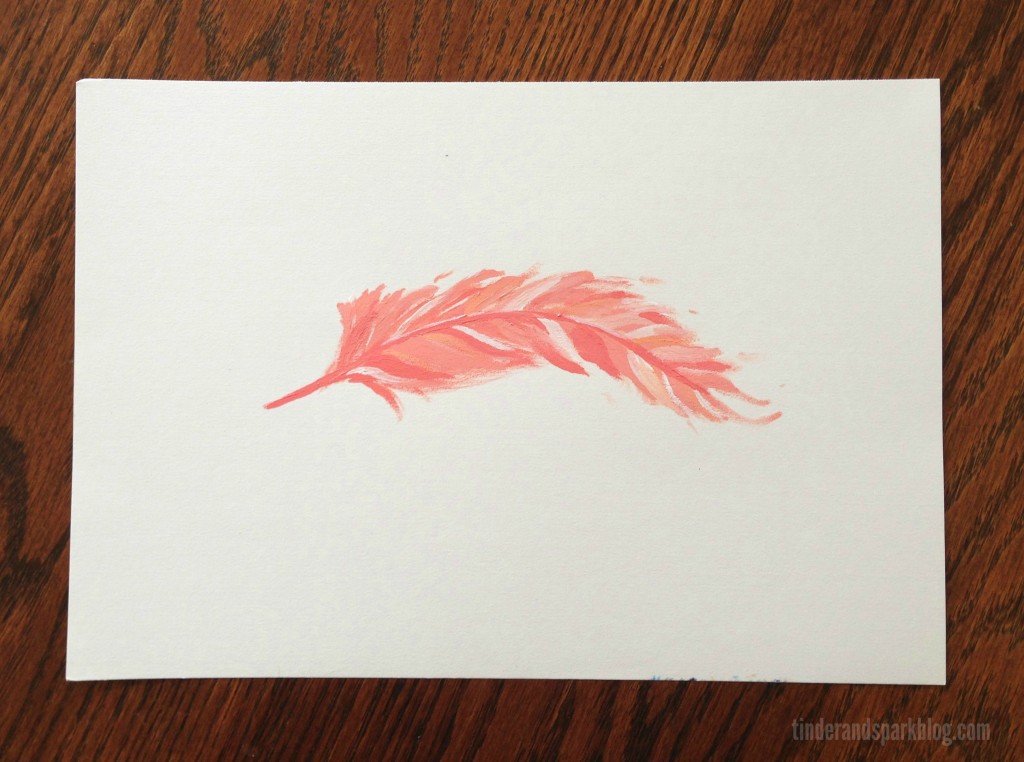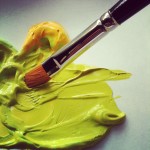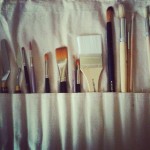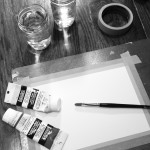In college I came across a book called Why You Can’t Be Anything You Want to Be. I never read the book (I was busy not reading my assigned college texts) but the title–and its implications–shifted the ground beneath me. Unlike most college freshmen, I knew what I wanted to major in (Journalism), yet even so, I spent most of my time overwhelmed by the possibilities of my future. Back then, I genuinely believed I could be anything I wanted (I’m a Millennial after all) and that all I had to do was choose. Naturally, that put immense pressure on most of my future-oriented decisions.
Later, after I came across the book, I began to hear more and more about the importance of individual strengths. I took the Meyers-Briggs, Strengths Finders, and many other personality assessments. I learned the stunning truth that actually, people are good at some things and bad at other things. I realize now it’s common sense, but it was an ephipany at 21. I didn’t have to make a valiant attempt to become a biologist or a lawyer or an Olympic rower. Instead I could discover and develop the abilities I actually possessed. Since then, I’ve done my best to do that. I continue to find (however reluctantly) that there is freedom in limitations, even my own. Though every four years, I still wish I had been an Olympic rower. (Not that it was ever a true option.)
Today I realized how much this principle also applies to creativity. I’ve had a wall of empty frames for about 6 weeks. Finding art to put inside them has been a slow process. Finally–in an attempt to save on shipping from Etsy–I decided to paint something myself. Plus, if I had to look at a wall of framed cardboard any longer I probably would’ve started framing junk mail just for the color. I rounded up some painting supplies and set to work making a pretty mediocre piece of art. It was tedious but turned out as I expected–a broken herringbone pattern in shades of coral. That left me with four more frames to fill.
The task was more difficult than I expected. I tried to paint another design in a similar style. That didn’t work. I tried two more methods. Nope. I would’ve cleaned up after that except I had an abundance of unused paint. I decided that as long as I had the paint and paper, I should keep experimenting. That’s when I discovered how limited I was. I didn’t want to open more paint so I could use only the shades of coral on my palette. I hadn’t been able to find my collection of brushes, just one. I didn’t even have any blank canvases left. It was me, coral-pink paint, a single brush, and a piece of watercolor paper.
It took a few brushstrokes before I realized how free I was. I couldn’t paint anything I wanted. I couldn’t get hung up on mistakes and details either. My lone brush was too large for detailed work. The burden of the end result was gone as I painted with no inner critic grumbling in my ear. Unlike the first painting, this one was actually fun to do. I felt like a second-grader, flinging paintstrokes and experimenting on paper. All I could do was create to the best of my ability with my limited resources. Maybe that’s all artists ever do.
I suppose it sounds trivial, but painting that feather reminded me of the lesson I learned back in college. Limitations can focus our efforts and relieve some of the pressure we put on ourselves. In light of that, maybe I shouldn’t begrudge them so much, even when it means I can’t create anything I want. Maybe instead of trying to control every aspect of a creative project (a painting, a story, a photo) or complaining about a lack of resources (talent or otherwise), I should ease my grip. Maybe it’s better to think: “Let’s see what I can do with this.” More often than not, I’ll end up with a mess. But every once in a while, I hope to paint a feather.




